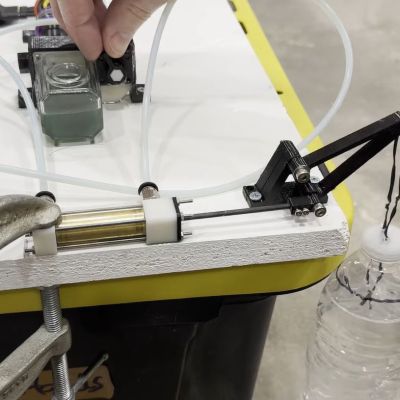If you’ve ever bought a modchip that adds features to your game console, you might have noticed sanded-off IC markings, epoxy blobs, or just obscure chips with unknown source code. It’s ironic – these modchips are a shining example of hacking, and yet they don’t represent hacking culture one bit. Usually, they are more of a black box than the console they’re tapping into. This problem has plagued the original XBOX hacking community, having them rely on inconsistent suppliers of obscure boards that would regularly fall off the radar as each crucial part went to end of life. Now, a group of hackers have come up with a solution, and [Macho Nacho Productions] on YouTube tells us its story – it’s an open-source modchip with an open firmware, ModXO.
Like many modern modchips and adapters, ModXO is based on an RP2040, and it’s got a lot of potential – it already works for feeding a BIOS to your console, it’s quite easy to install, and it’s only going to get better. [Macho Nacho Productions] shows us the modchip install process in the video, tells us about the hackers involved, and gives us a sneak peek at the upcoming features, including, possibly, support for the Prometheos project that equips your Xbox with an entire service menu. Plus, with open-source firmware and hardware, you can add tons more flashy and useful stuff, like small LCD/OLED screens for status display and LED strips of all sorts!
If you’re looking to add a modchip to your OG XBOX, it looks like the proprietary options aren’t much worth considering anymore. XBOX hacking has a strong community behind it for historical reasons and has spawned entire projects like XBMC that outgrew the community. There’s even an amazing book about how its security got hacked. If you would like to read it, it’s free and worth your time. As for open-source modchips, they rule, and it’s not the first one we see [Macho Nacho Productions] tell us about – here’s an open GameCube modchip that shook the scene, also with a RP2040!



















